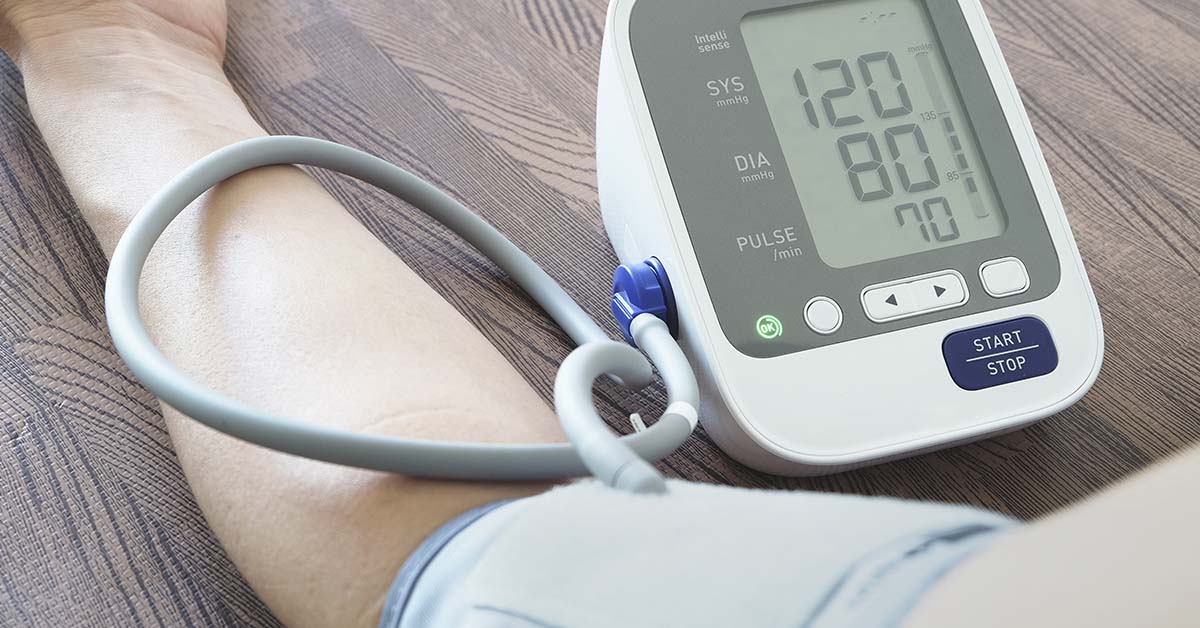High blood pressure, or hypertension, affects approximately one-third of adults worldwide and is a major risk factor for cardiovascular disease. While medication can help manage blood pressure and is often a necessary step in blood pressure management, many foods can aid in lowering it naturally. These are just a few of the top blood-pressure-reducing foods to help prevent high blood pressure and lower it if you already have it.
20 Foods That Help Lower Blood Pressure

Heart problems and high blood pressure lead directly to cardiovascular disease, heart attack, and even potentially premature death. This is why keeping our blood pressure within a healthy range is so important. Thankfully, this isn’t actually as hard to do as we might think. A healthy lifestyle, including proper eating, exercise, and sleep habits, keeps our hearts healthy and strong. We know that excessive saturated and trans fats, salt, sugar, alcohol, smoking, and being sedentary increase our blood pressure, but what helps to lower it? These are some of the best foods to eat if you want to keep your blood pressure under control.
Read: 10 Natural Home Remedies To Help Lower High Blood Pressure
1. Tomatoes and tomato products
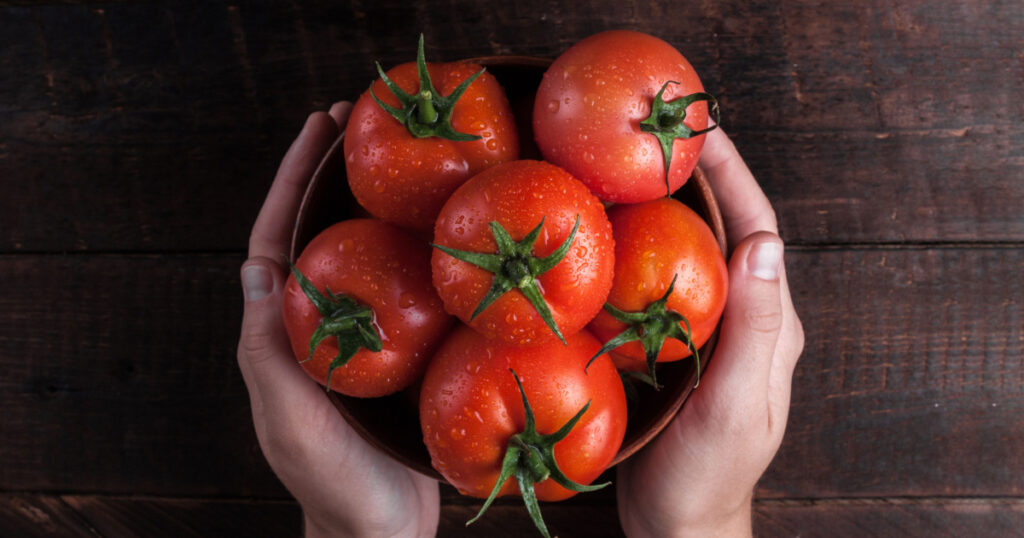
Tomatoes are rich in lycopene, a powerful antioxidant that has been shown to reduce blood pressure levels. According to a study published in the European Journal of Nutrition, tomato consumption, including tomato-based products, can reduce hypertension risk by 36%. Moderate consumption of tomatoes has also been shown to lower blood pressure levels, especially in individuals with grade 1 hypertension. As always, be careful which tomato-based products you are using. Many sauces and condiments can be full of salt and sugar, diminishing the healthfulness of tomatoes. Look for low-salt and no-sugar-added products, or better yet, make your own at home. (1)
Read: 3 Italian Secrets That Prove We’ve Been Eating Tomatoes Wrong Our Whole Life
2. Leafy greens
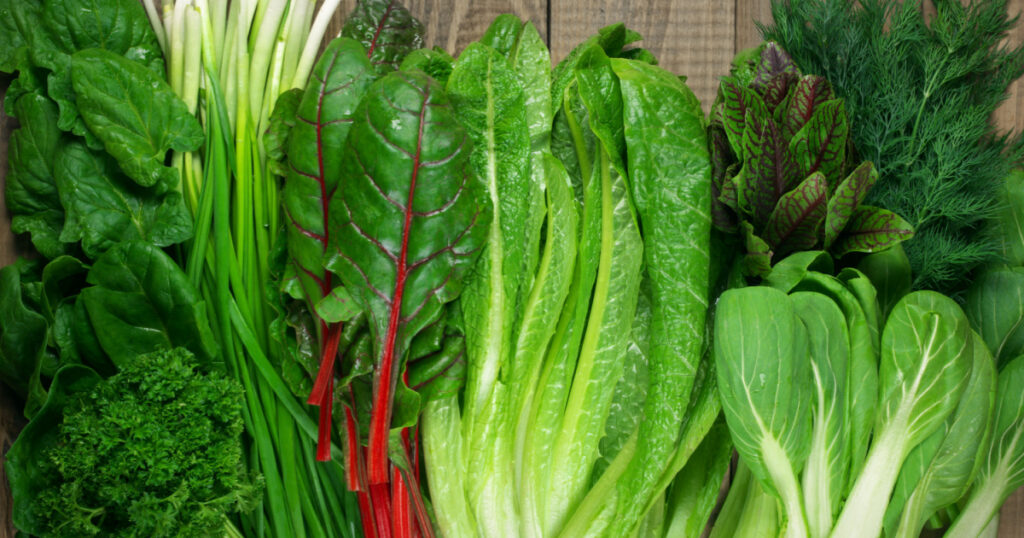
Whenever you’re talking about healthy foods that serve a specific function, leafy greens always seem to make it on the list – and with good reason. Leafy greens such as spinach, kale, and collard greens are rich in potassium, which helps the body eliminate excess sodium and reduce blood pressure. They also contain nitrates, which can widen blood vessels and improve blood flow. (2)
3. Berries
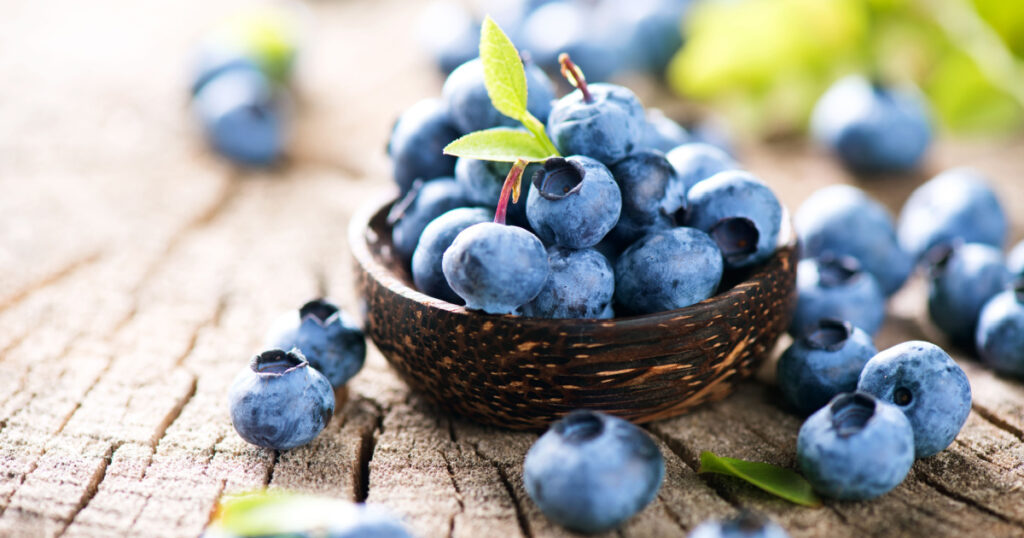
This is another health superstar. What’s better, is that they come in a variety. Berries such as blueberries, raspberries, and strawberries are packed with flavonoids, which have been shown to improve endothelial function and reduce blood pressure levels. For a tasty treat in the summer, try frozen blueberries and raspberries. They also make tasty additions to smoothies, oatmeal, salads, yogurt bowls, and more. (3)
4. Oatmeal
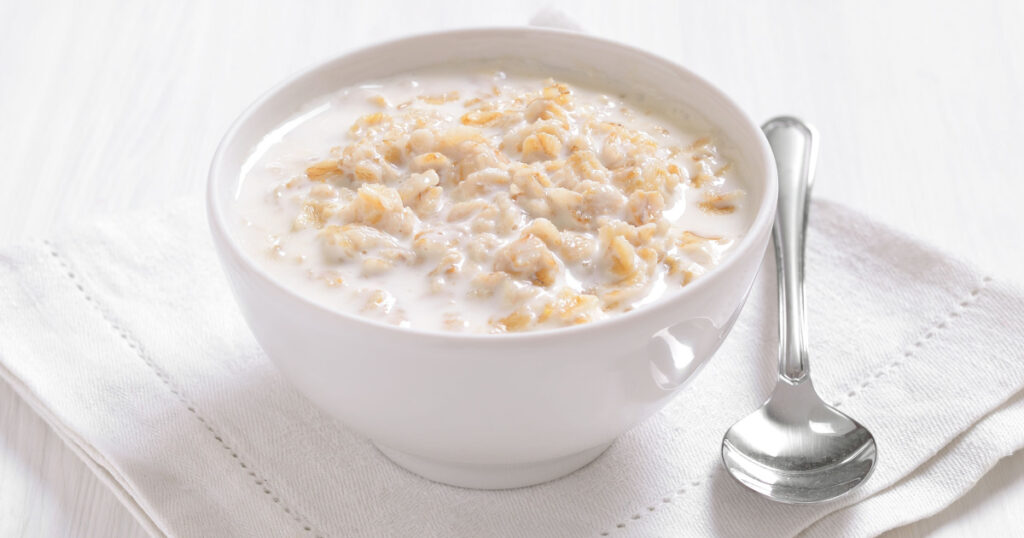
Speaking of oatmeal, it turns out this warm and comforting breakfast is a blood pressure superstar. Oatmeal is a great source of both soluble and insoluble fiber, which can help lower blood pressure levels. Soluble fiber, in particular, can reduce cholesterol absorption and improve heart health. Leave the flavored oatmeal on the shelf, though. The sugar and salt in them won’t do you any favors.
5. Garlic
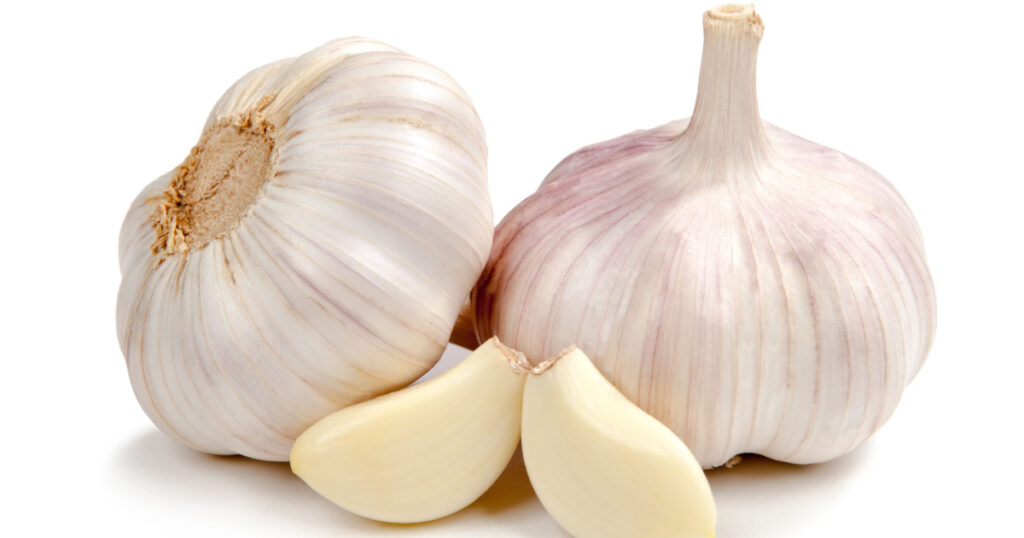
What can’t garlic do? Garlic contains allicin, a compound that can help relax blood vessels and improve blood flow. It has also been shown to reduce inflammation and oxidative stress, which are both risk factors for high blood pressure.
6. Pomegranates
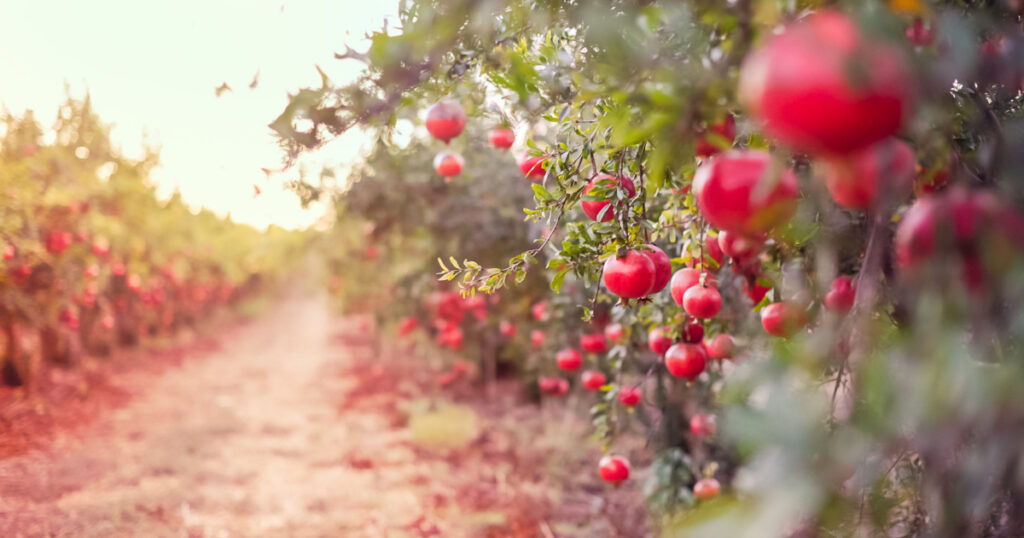
Pomegranates are rich in polyphenols, which have been shown to improve blood vessel function and reduce blood pressure levels. Drinking pomegranate juice regularly has also been associated with reductions in LDL cholesterol and inflammation. Need a tip for how to open a pomegranate without making a mess everywhere? Fill up a bowl or your sink with cool water and open it under the water.
7. Potatoes
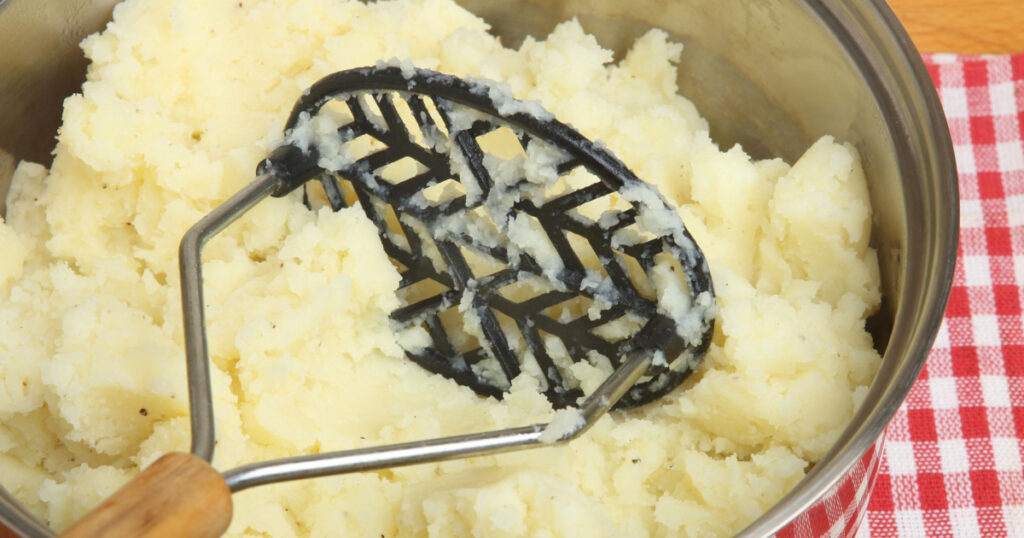
This cheap, handy root vegetable sometimes gets a bad rap. This is mostly because it’s seen as a “white starch” and is often prepared in unhealthy ways (think fries or mashed potatoes with heavy cream, butter, and cheese). In reality, potatoes are actually a nutritional powerhouse. Potatoes are high in potassium, which can help reduce blood pressure levels. However, it’s important to watch how you prepare them – avoiding frying or adding excess salt can help maximize their benefits.
8. Beets
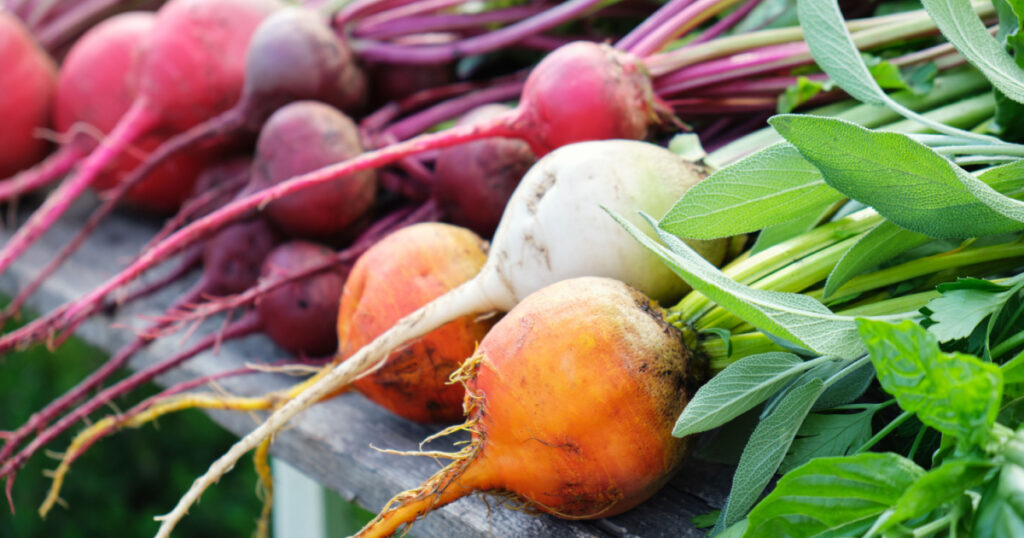
A stand-out because of their bright purple-ish red or golden hues, this is a pretty polarizing root vegetable. Some people love their strong, earthy taste; others can’t stand it. If you like them, good news – they are incredibly good for you. Beets are rich in nitrates, which can help widen blood vessels and improve blood flow. Studies have shown that drinking beet juice can lead to significant reductions in blood pressure levels. Of course, be careful of pickled beets, as they often come along with a hefty dose of salt.
Read: 6 Warnings Your Body May Give When a Blood Clot Forms
9. Avocados
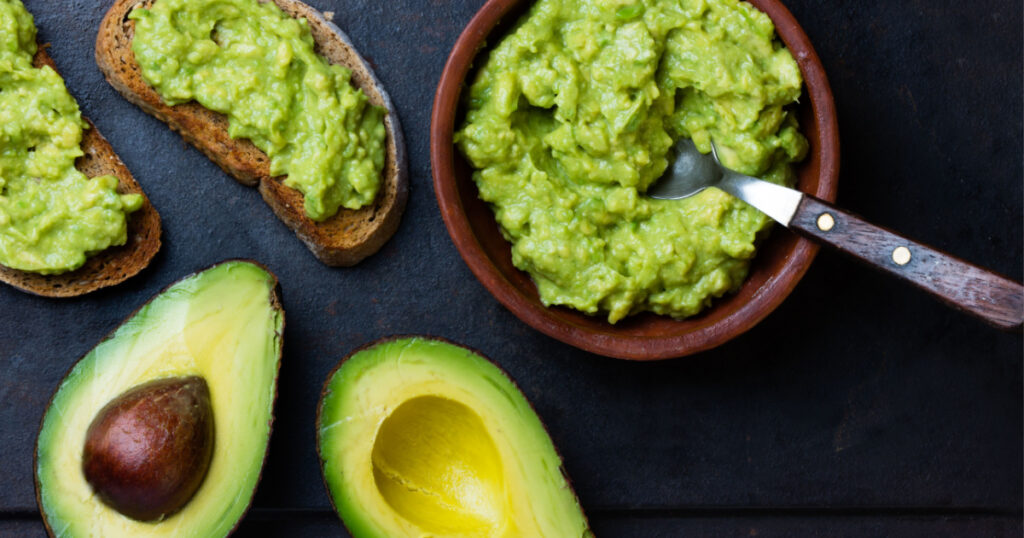
Whether it’s guacamole or avocado toast, it’s safe to say that this food is having a moment. Avocados are a great source of monounsaturated fats, which can help improve heart health and reduce blood pressure levels. They are also high in potassium and fiber, contributing to their blood-pressure-lowering effects.
10. Greek yogurt
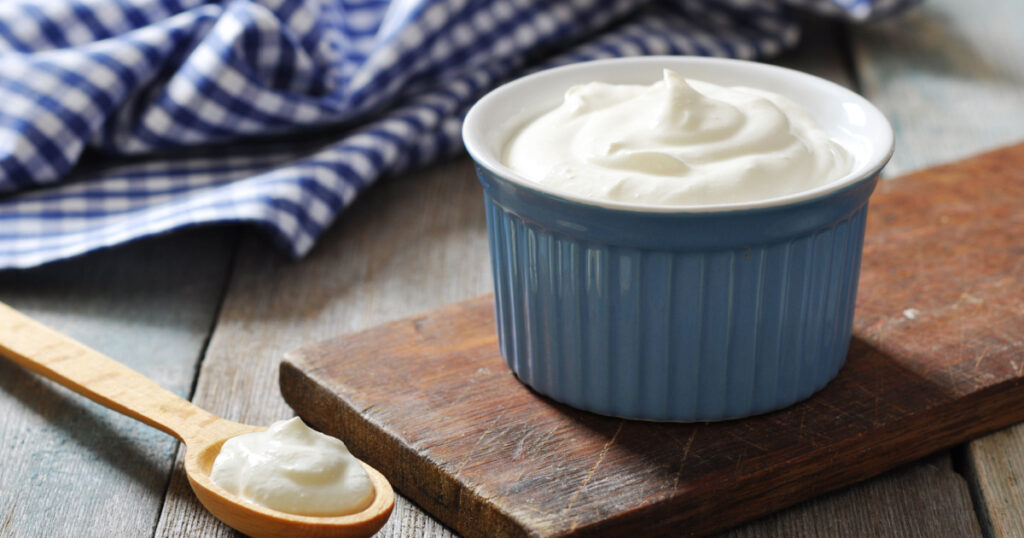
Greek yogurt is a great source of calcium, which can help lower blood pressure levels. It also contains probiotics, which have been associated with improvements in overall heart health. Top it with some fresh berries, and you’ve got a heart-healthy superstar. Opt for plain, lower-fat versions to avoid excess sugar and fat. You can always add a drizzle of honey or real maple syrup yourself if you need a hint of sweetness.
11. Salmon
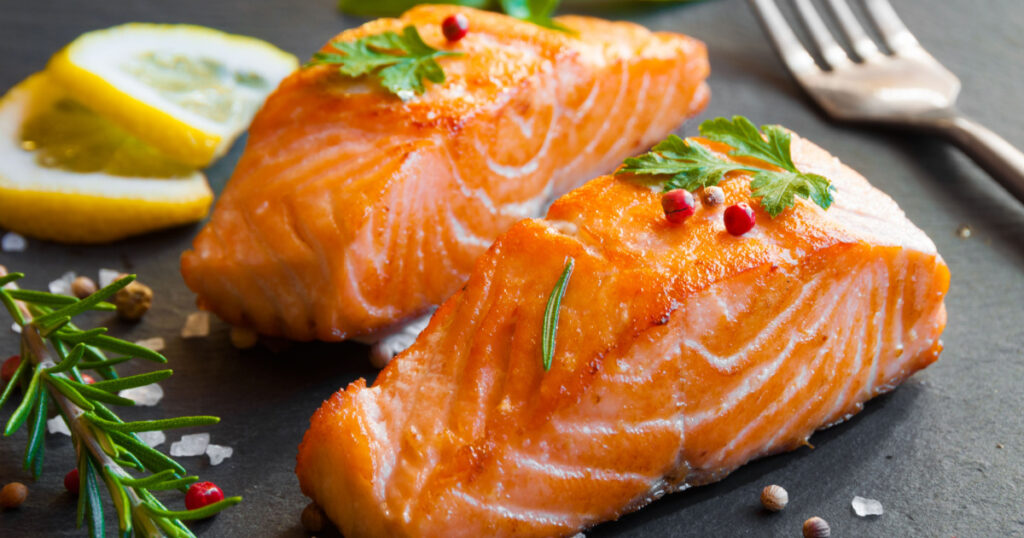
Grilled, baked, pan-seared, or even in sushi, this is one popular fish. Salmon is high in omega-3 fatty acids, which have been shown to reduce inflammation, improve blood vessel function, and lower blood pressure levels.
12. Nuts and seeds
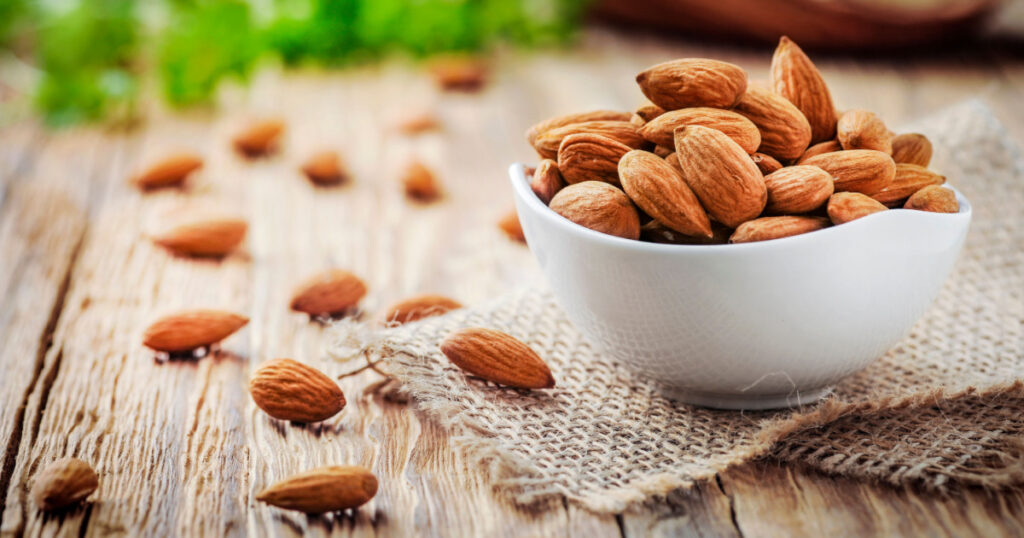
Nuts and seeds such as almonds, walnuts, pumpkin seeds, and chia seeds are rich in healthy fats, fiber, and minerals like potassium and magnesium, all of which can help lower blood pressure levels. They also add a delightful crunch to salads, oatmeal, yogurt bowls, and more. Opt for unsalted versions to avoid consuming too much sodium.
13. Dark chocolate
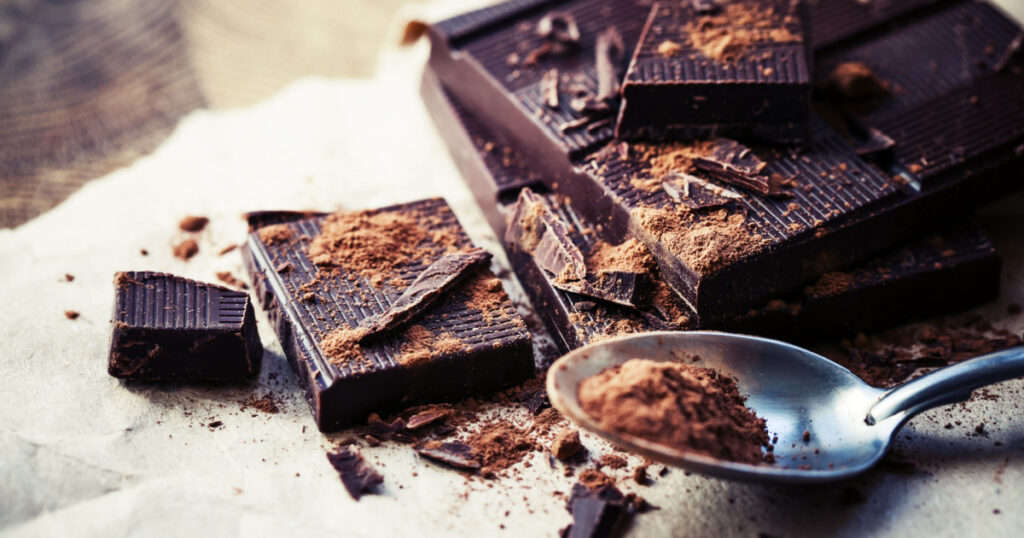
Yes, you can eat chocolate to improve your blood pressure – within reason. Dark chocolate is rich in flavonoids, associated with improved endothelial function, lower blood pressure levels, and reduced risk of cardiovascular disease. However, it’s important to choose high-quality dark chocolate with a high cocoa content to maximize its benefits. It also needs to be a minimum of 70% cocoa in order to have health benefits. Finally, this doesn’t mean dark chocolate is a free-for-all food. Stick to a 1-oz serving, or one square per day, so that you don’t overdo it in calories and fat.
14. Kiwis
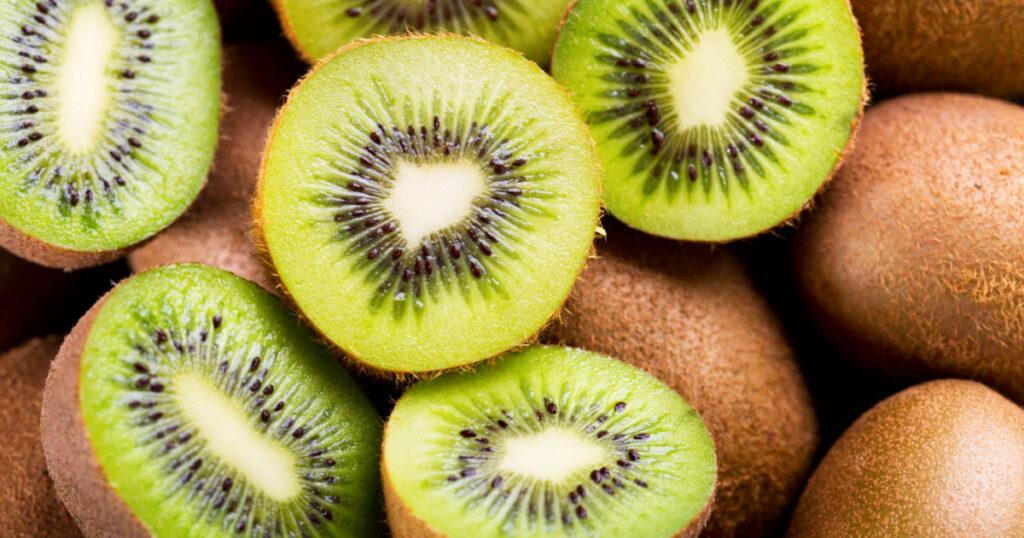
Bright green kiwi fruit always adds a beautiful dimension to a fruit salad. It also adds some great nutritional value. Kiwis are high in vitamin C, which has been shown to reduce inflammation and improve blood pressure levels. They are also a great source of potassium and fiber.
15. Carrots
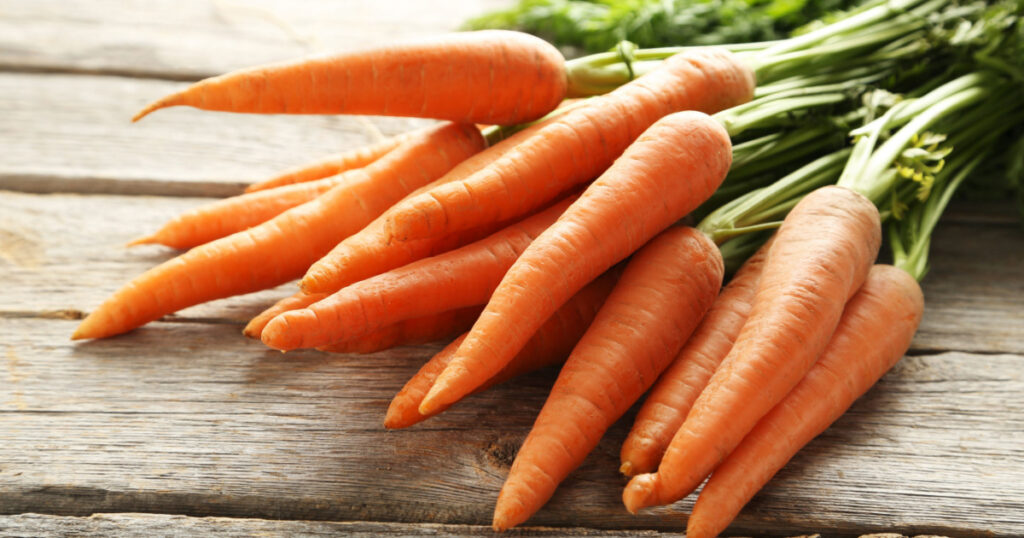
This root vegetable isn’t just good for your eye health. It’s also good for your heart. Carrots are high in carotenoids, which have been associated with improvements in overall heart health and reductions in blood pressure levels.
16. Lentils
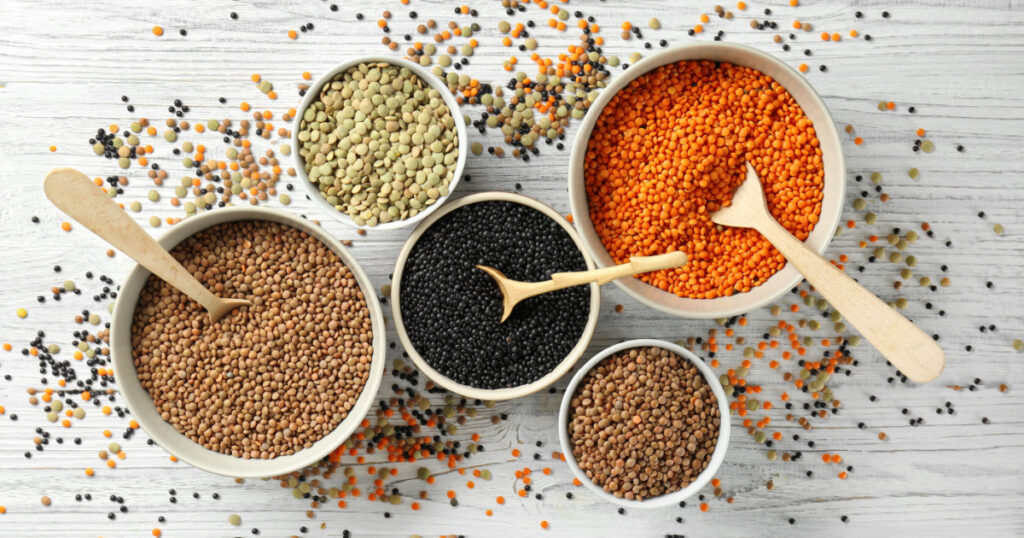
One of the contributing factors to an increase in heart problems in the American population is an overconsumption of meat, especially red meat. Thankfully, there are fantastic vegetarian sources of protein, such as lentils, to help us reduce our intake. Lentils are a great source of plant-based protein and fiber, both of which can help lower blood pressure levels. They are also high in potassium and magnesium, two minerals that are important for regulating blood pressure.
Read: 6 Ways Fasting May Benefit You: Blood Sugar, Weight Loss & More
17. Turmeric
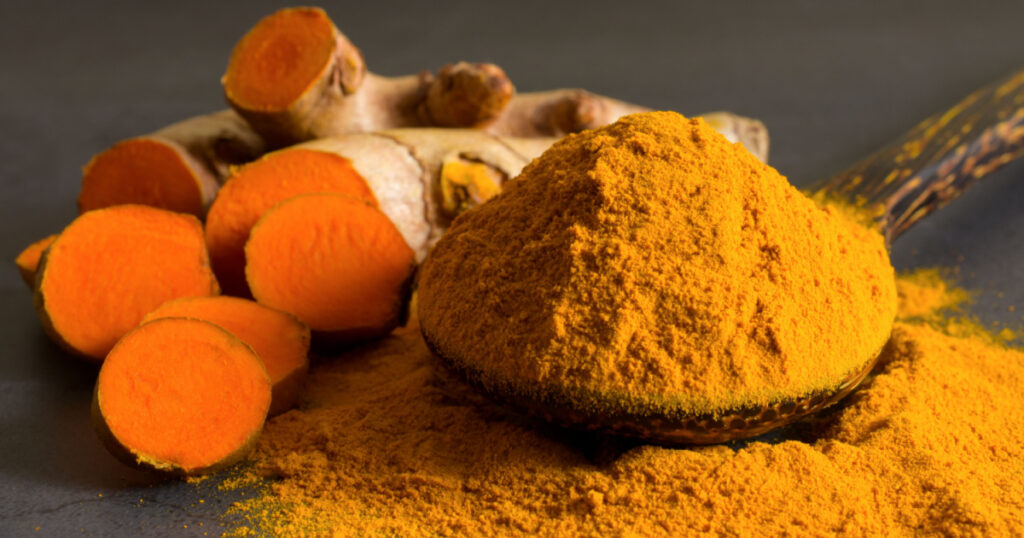
Known for its brilliant orange color, this vegetable is still used today to dye fibers for clothing and textiles. It is also incredibly nutritious. Turmeric contains curcumin, a compound that has been shown to reduce inflammation and improve endothelial function. It has also been associated with reductions in blood pressure levels and improvements in overall heart health.
18. Broccoli
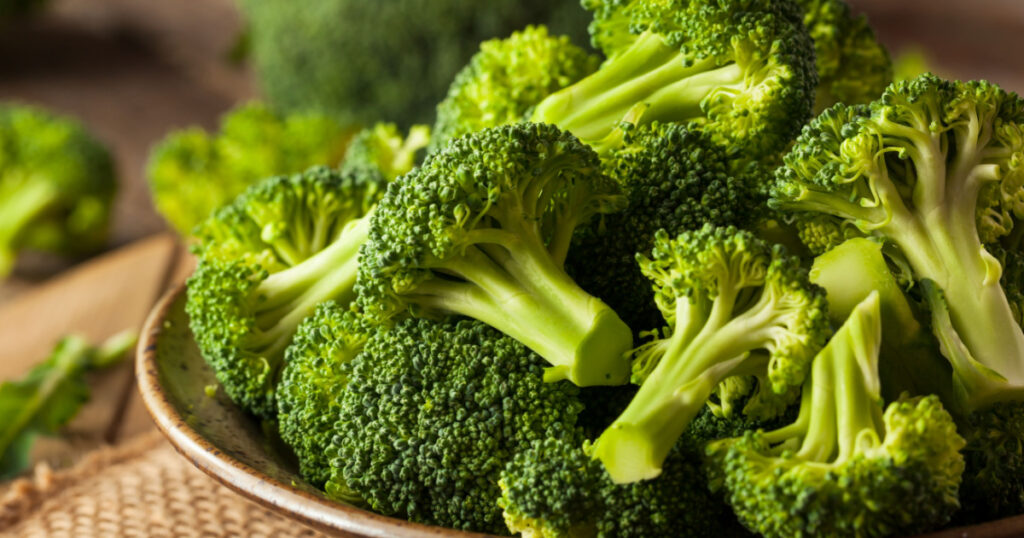
Baked, steamed, pan-seared, or raw, broccoli packs a punch in the nutrition department. Broccoli is high in fiber and contains compounds like sulforaphane, which have been shown to reduce oxidative stress and inflammation, both of which are risk factors for high blood pressure.
19. Apples
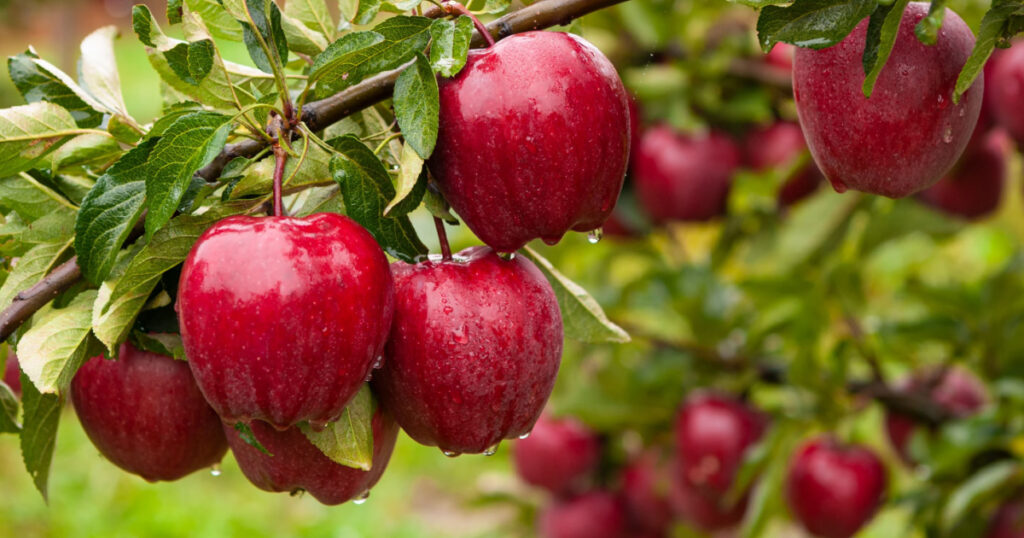
Known as “nature’s toothbrush,” apples are a pretty popular fruit, at least in North America. This doesn’t come as a surprise, given their crunchy, juicy, and sweet simultaneously. On top of that, there is such a huge variety of apples that you will surely find at least one that you like. Apples are high in fiber and polyphenols, both of which can help improve heart health and reduce blood pressure levels. They are also a great source of potassium.
20. Quinoa
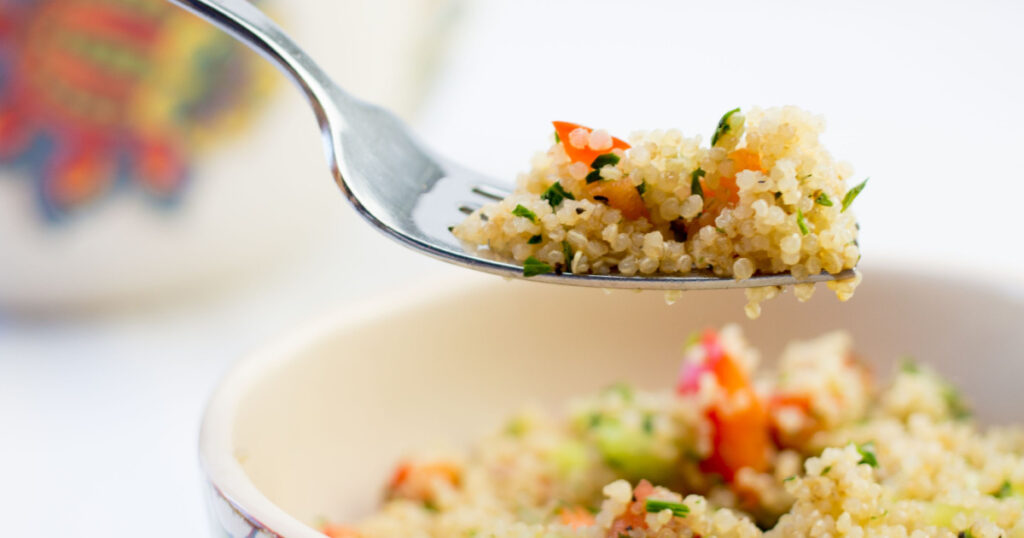
This South American grain has made quite a stir in other parts of the world in the last decade or so. Quinoa is a great source of plant-based protein and fiber, which can help lower blood pressure levels. It is also high in magnesium and potassium, two minerals that are important for regulating blood pressure.
Use Food To Your Advantage
While medication is often necessary to manage high blood pressure, incorporating these foods into your diet can help support overall heart health and reduce your risk of developing hypertension. As always, be sure to talk to your doctor about any dietary changes or supplements you are considering.
Keep Reading: If Your Kidneys Are in Danger, the Body Will Show these 10 Signs
Sources
- “Association between tomato consumption and blood pressure in an older population at high cardiovascular risk: observational analysis of PREDIMED trial.” Pubmed. David Murcia-Lesmes, et al. November 2023.
- “20 Foods That Lower Blood Pressure Naturally, According to Experts.” Prevention. Sara Shurman and Arielle Weg. May 24, 2022.
- “The 17 Best Foods for High Blood Pressure.” Healthline. Jillian Kubala, MS, RD. June 20, 2023.
